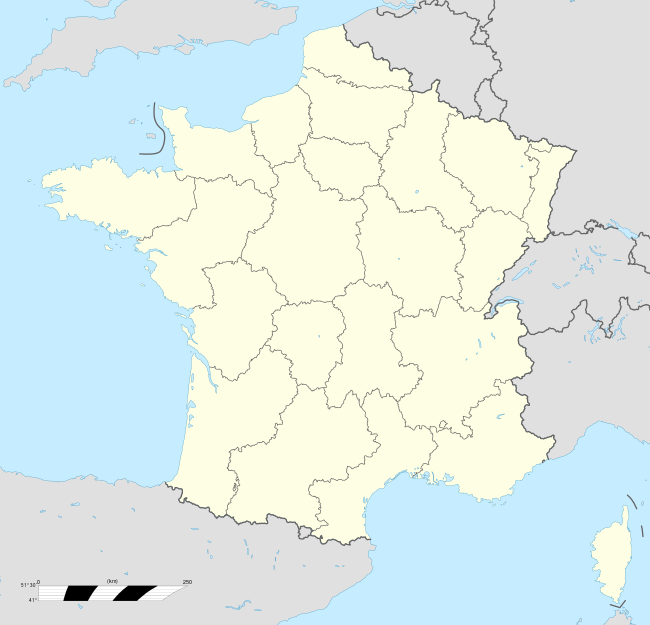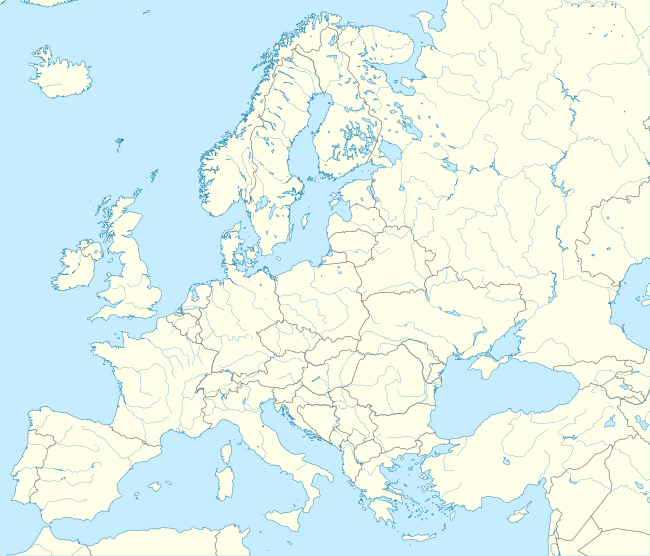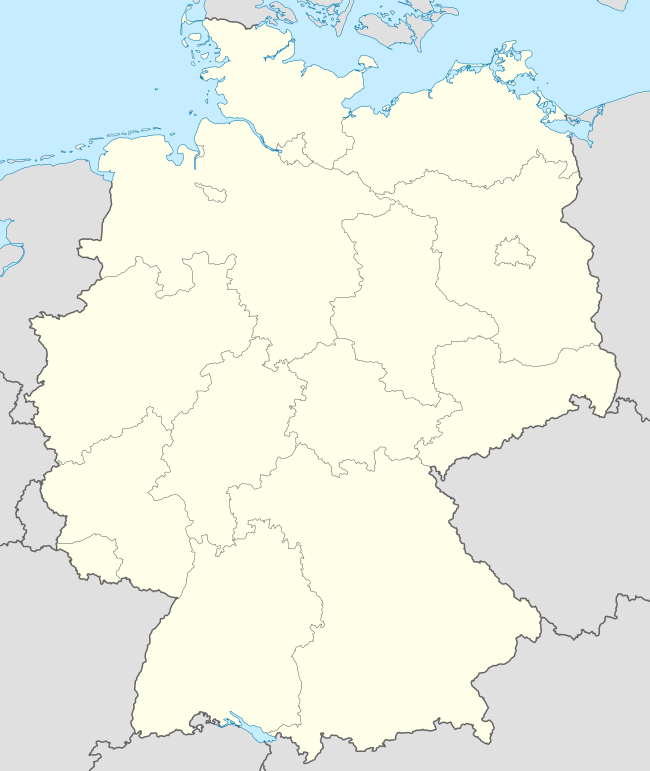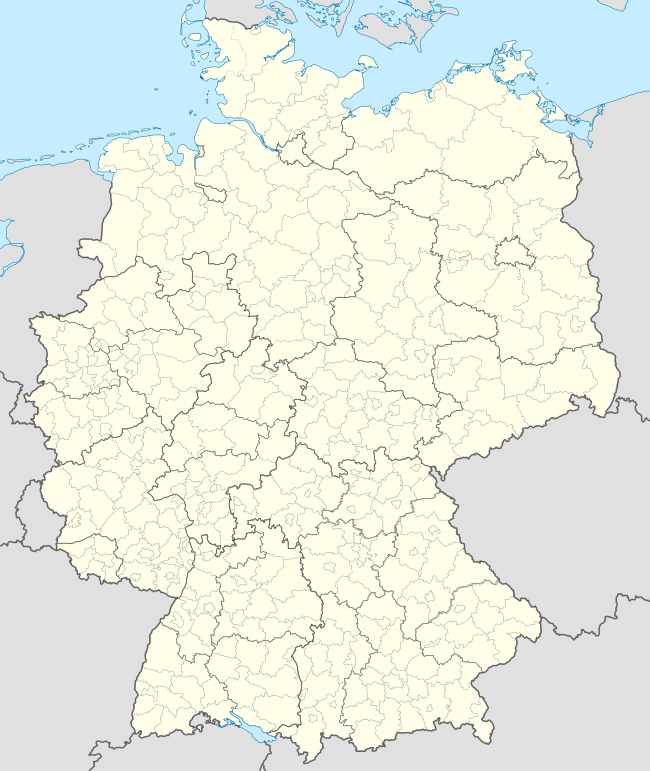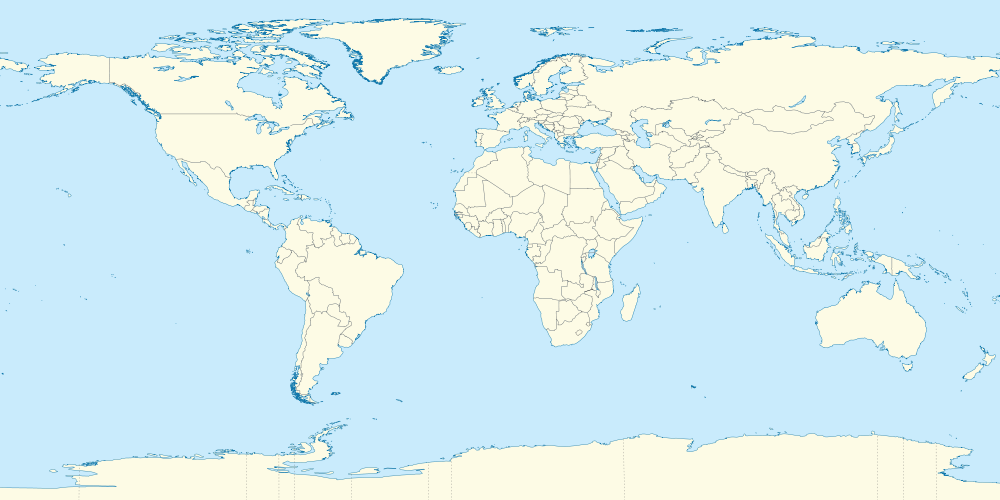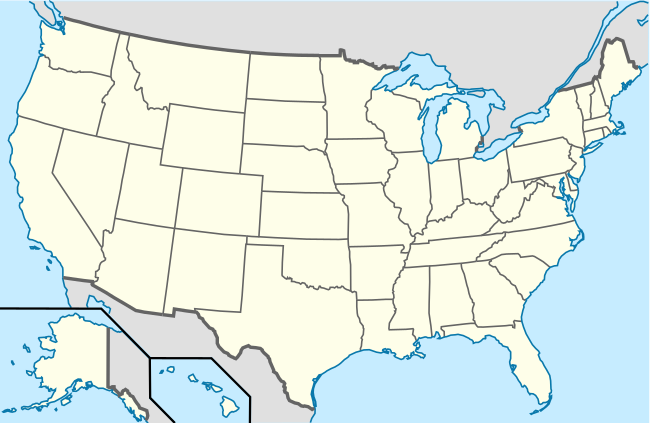Serveur d'exploration sur la philologie
Cette page introduit le « Serveur d'exploration sur la philologie ».
Plus précisément, elle donne introduit une plateforme multibase qui doit être améliorée pour devenir un portail d'accès à la littérature scientifique sur la philologie.
Elle donne également accès à des serveurs plus modestes qui ont servi à initialiser le processus ou qui servent à la mise au point des procédés de transcodage ou de curation. Ces serveurs sont accessibles à travers le paragraphe Archives.
Sommaire
La plateforme PhilologieVM2
Cette plateforme a été générée à partir de 2 sources :
- La base Francis de l'INIST
- Un corpus de 23000 documents, en texte intégral ISTEX. Seules les métadonnées sont visibles en ligne mais les documents complets sont utilisables pour des travaux d'analyse.
Pour le réseau Wicri et le projet LorExplor, cette application est la première réalisation où les documents sont extraits de l'API ISTEX sans aucune restriction sur les éditeurs. Sur un plan technique il faut manipuler des flots de documents avec des DTD et des codifications différentes.
| Cette étape permet de naviguer dans 3602 documents de métadonnées issues de Francis (base de données). | |||
| Cette étape permet de naviguer dans 23527 documents de métadonnées issues de ISTEX (corpus). Les parties en texte intégral ne sont pas accessibles via Internet. | |||
| Flux principal | Ce flux fusionne les 2 précédents pour offrir une vision plus globale sur 27129 références. | ||
| Zoom | France | La représentation française actuellement identifiée représente 649 documents. | |
| Zoom | Pays-Bas | Comme le montre la carte européenne ci dessous, les Pays-Bas ont une position très forte de 1405 documents. | |
| Zoom | Allemagne | L'Allemagne, avec 1405 références, possède également une position forte. | |
| Zoom | USA | ||
| Zoom | Religion | ||
| Zoom | Manuscrit | ||
Projections géographiques
Un essai autour du Cardinal de Lorraine
| Titre (et lien) | Auteur et date | extrait et commentaires |
|---|---|---|
| A mother's goals in La Princesse de Clèves : Worldly and spiritual distinction
(pdf) |
William O. Goode (paru dans la revue Neophilologus en 1972) | Extrait en page 400 de l'article : A similar antipathy for the Vidame provokes the Cardinal de Lorraine to refuse his brother, the Chevalier de Guise, permission to seek marriage with Mlle de Chartres. Mme de Chartres is frustrated and hurt, but not defeated, by these failures: "Elle n'avait pas mis en doute que M. de Nevers ne regardat le mariage de sa fille comme un avantage pour sort ills; elle fut bien étonnée que la maison de Clèves et celle de Guise craignissent son alliance, au lieu de la souhaiter. |
| REVIEWS AND SHORT NOTICES | L'extrait est tiré d'une analyse réalisée en 1973 par N. M. SUTHERLAND dans la revue History. L'ouvrage analysé est « DU DROIT DES MAGISTRATS par Theodore de Bèze.
Edité par Robert M. Kingdon à Genève en 1971 ».[1] |
The precise timing is not specified, but the‘tyrant’of St. Bartholomew died at the end of May 1574. Subsequent resistance was to the accession of Anjou as Henry 111, that formerly ultramontane, extreme political catholic, and with him the return of the Huguenots’ direst enemy, the detested cardinal of Lorraine, disgraced since 1570. Protestant grievances were thus against an erstwhile evil councillor and the duc d‘Anjou, who had not yet offended them as legitimate king of France.
Commentaire : Le terme Cardinal de Lorraine désigne ici : Charles de Lorraine (1524-1574). |
| REVIEWS AND SHORT NOTICES
{pdf) |
L'extrait est tiré d'une analyse réalisée en 1961 par H. 0. EVENNETT (Trinity College, Cambridge) dans la revue History. Le livre analysé a été publié en 1959 : « Il cardinale GABRIELE PALEOTTI (1512-1597), By Paolo Prodi - Rome: Edizioni di Storia e Letteratura. Uomini e Dottrine. | In the higher ecclesiastical politics and controversies which had nearly wrecked the Council Paleotti spoke his mind openly, not concealing his sharp criticisms of Pius IV’s handling of the episcopd residence question, the question of the derivation of episcopal jurisdiction and the precedence quarrel between the French and Spanish ambassadors. Nevertheless, he blamed the legates Mantua and Seripando for the vote on Residence taken on 20 April 1562, though he was equally hostile to the experts in the obstruction of reform found among the extreme curialists both in Trent and Rome, and had his moments of warm sympathy with the Cardinal of Lorraine. |
| Reviews and Short Notices
(pdf) |
1990 | A typical sentence runs: ‘What was more obvious for the Lorrainer cardinal bishop and head of the strict wing of Church reform than to think of the ducal brothers Gudfrey and Frederick of Lorraine as sheet-anchors for the papal reform on the death of the emperor, whom as one of the pope’s entourage he had seen at close quarters in Goslar?’ (p. 102). |
| REVIEWS AND SHORT NOTICES
{pdf) |
L'extrait est tiré d'une analyse réalisée en 1976 dans la revue History. | The Colloquy of Poissy was the last attempt to reconcile Catholics and Huguenots before the outbreak of the French religious wars. It lasted for more than a month, from 9 September till 14 October 1561, and offered a platform for some of the leading figures on either side (e.g. Theodore Beza, the Cardinal of Lorraine, Peter Martyr and Diego Lalnez) to define their theological positions. For the Colloquy, in spite of its political, constitutional and fiscal dimensions, was primarily a religious debate: its chief interest lies in the confrontation of creeds and, once again, the principal stumbling-block to accord was the Eucharist, the reef upon which hopes of Protestant unity had foundered at Marburg in 1529. No sooner had Beza pronounced upon it than cries of Blasphemavit! arose from the Catholic delegates. But was the Colloquy futile from the start? It has been argued that the Cardinal of Lorraine’s recourse to the Confession of Augsburg was only a ploy to embarrass the</l><l>Protestants by pointing to the gulf dividing Calvinists from Lutherans. Dr. Nugent, treading in H. 0. Evennett’s footsteps, takes a more charitable view of the Cardinal’s role. |
| The platonization of the Gauls or French history according to Ramus (pdf) | 1991 | In an epistle to his patron, the Cardinal of Lorraine, Ramus announces the objective that he had set for himself as he began to write his book: to relate "la Vie, les Combats, les Disciplines, les Religions, les Droits, & les Loix des R6publiques de nos ancestres" (f.4v). |
| REVIEWS
(pdf} |
L'extrait est tiré d'une analyse réalisée en 1938 dans la revue History. | But the book lays stress on a n influence which has not in the past been brought out with so much clearness, and that is the aims and action of the Guise family and party, M. Romier as far back as 1913 pointed to the sinister activity of the Cardinal of Lorraine and his supporters in Rome and elsewhere, and showed reason to think that they pursued with implacable hate Coligny, whom, in spite of all formal reconciliations, they regarded as the murderer of Francis of Guise and desired to destroy with as many of his followers as possible. |
| REVIEWS AND SHORT NOTES
(pdf) |
L'extrait est tiré d'une analyse réalisée en 2007 dans la revue History. | The hostility encountered by the churches came primarily from the padements and other corporate bodies, revengeful individuals and, on the national level, the extreme political Catholics, not from the state whose problem in this respect was administrative. It was, after all, the same ‘state’ as had promulgated the tolerant edict of January 1562, and its partially altered tactics reflects the domination of the council by these extreme political Catholics, in particular the cardinal of Lorraine, a servant of Philip 11. |
| VI. ‐ THE SIXTEENTH CENTURY
(pdf) |
Patrick Collinson
(1971) |
Writings on French religious history included Marc Venard, ‘Pour une sociologie du clergé au XVIe siècle: Recherches sur le recrutement sacerdotal dans le province d’Avignon’ (Annales, xxiii 1968); Henry Heller, ‘Reform and High Politics in France, 1517-1525’ (Canadian Catholic Hist. Studies, xxxvi); a general account of La Réforme, 1517-1564 by Richard Stauffer in the series Que sais-je? (Paris: P.U.F., Fr3.50); J. Fromenthal’s study of La Réforme en Bourgogne aux XVI et XVII siècles (Pub. de I’UniversitC de Dijon, xli, Paris: Belles Lettres, Fr20); an important article by Donald Nugent on ‘The Cardinal of Lorraine and the Colloquy of Poissy’ (Hist. J., xii): the third volume of S. J. Lenselink‘s study of the Huguenot Psalter, Lespsaumes de Climent Marot (Kassel Barenreiter, DM40); |
Aspects techniques
- Wicri:PhilologieVM2 - introduction
- Wicri:PhilologieVM2/Paramètres, data - génération des données
- Wicri:PhilologieVM2/Paramètres, fr - génération de l'interface
- Wicri:PhilologieVM2/Paramètres, génération des cartes - génération de cartes géographiques
Archives
- Version V1. Cette version était simplement destinée à initialiser le processus. Elle porte sur 500 références de métadonnées ISTEX (Springer), avec comme critère « philology » et une limitation explicite de la taille du corpus.
- Version V2. Cette version est voisine de la précédente mais avec comme critère « philologie », toujours sur Springer mais sans limitation de taille de corpus (environ 1100 notices).
- Version VF1. Cette version donne accès à près de 3000 notices extraites de la base Francis.
- Version VM1. Cette version est un premier essai multibase qui donne accès à 5000 références issues de Francis et de Springer (via ISTEX).
Voir aussi
- Notes
- ↑ La relation de cet extrait à la philologie est extrêmement faible. En effet le fichier correspondant a été sélectionné dans le corpus car une autre analyse utilise l'expression « philological humanist ».
- Dans le réseau Wicri
Cette application est utilisée pour tester des outils de manipulation de corpus ISTEX déjà conséquents.
- Sur Wicri/Manuel, Elle sert à illustrer un tutoriel sur l'extraction de graphies dans un corpus.







